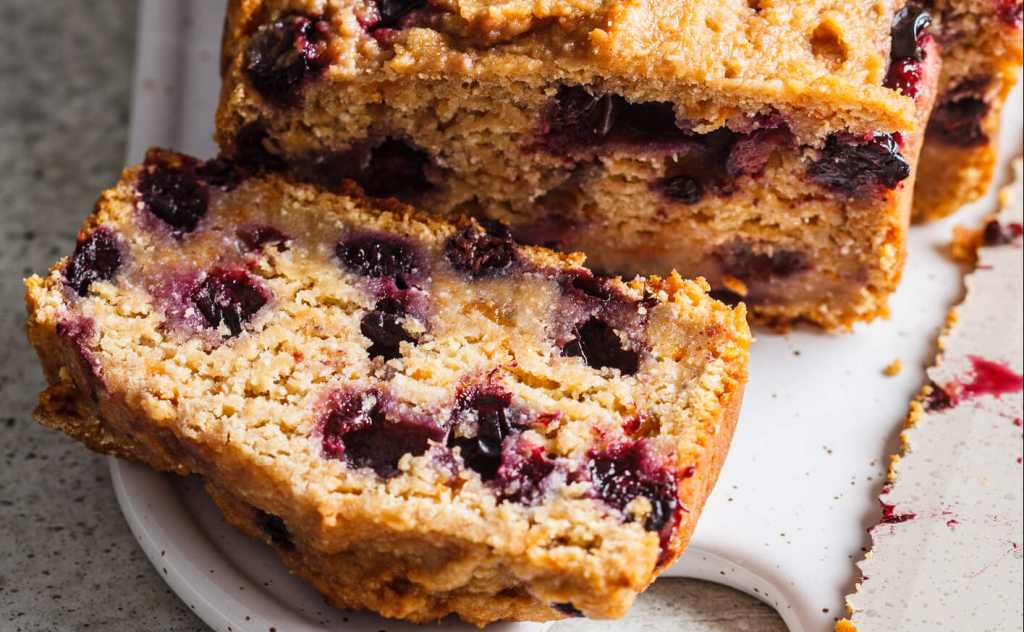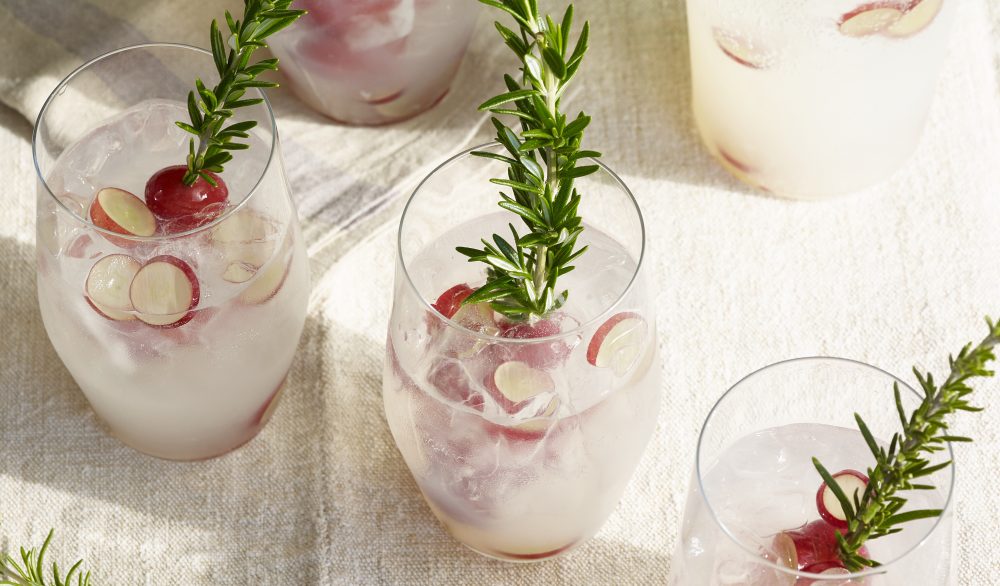Louisiana, known for its vibrant culture, is celebrated for its unique blend of French, African, Spanish, and Creole influences, which have left an indelible mark on its music, cuisine, and way of life. The southern state has a character like no other and a culinary treasure that has captured the hearts and palates of many: gumbo. This hearty stew is more than just a meal; it’s a reflection of Louisiana’s history, heritage, and the bold flavors that define the region.
A Taste of History
Gumbo is a dish that reflects the diverse cultural influences of Louisiana. The origins of gumbo can be traced back to Native American, African, French, Spanish, and Creole cultures that converged in Louisiana. The word ‘gumbo’ is thought to have originated from the Bantu term ‘ki ngombo’, meaning okra, which was brought to the New World by enslaved Africans and became a staple ingredient in gumbo. The roux, the basis of gumbo, is a culinary technique that was adapted and perfected by Louisiana cooks to create the rich and dark roux that defines many gumbo recipes. As African, European, and Native American culinary traditions intertwined, gumbo became a symbol of cultural fusion. Each community added its unique touch, resulting in variations such as Creole gumbo and Cajun gumbo, both equally celebrated and cherished.
New Orleans Gumbo brings people together by uniting diverse cultures and high-quality ingredients like Louisiana rice, Gulf Coast shrimp and blue crab, and various kinds of sausage. Culinary icon Leah Chase once said, “Food builds big bridges. If you can eat with someone, you can learn from them, and when you learn from someone, you can make big changes. We changed the course of America in this restaurant over bowls of gumbo. We can talk to each other and relate to each other when we eat together.” Take a tour in culinary diplomacy with Leah Chase’s family and learn how American farmers and fishers contribute to a bowl of delicious gumbo.
The Ingredients That Make Gumbo Magic
Gumbo’s magic lies in its simplicity and the harmonious blend of basic ingredients. While there are countless variations, here’s what you’ll usually find in a classic gumbo:
- Roux: We start with a roux, which is basically flour and fat, slowly browned to a rich, nutty perfection. It’s the gumbo’s secret sauce, and the color of the roux can range from golden to deep, dark brown.
- Holy Trinity: This trio of diced onions, bell peppers, and celery is the aromatic base of many Creole and Cajun dishes. It gives gumbo that unmistakable Louisiana flavor.
- Protein: Gumbo loves company, so you can choose your favorite ingredient, ranging from andouille sausage and chicken to shrimp, crab, or whatever your heart desires. Each protein brings its own magic to the plate. The abundance of seafood in Louisiana gumbo is a natural consequence of the state’s close proximity to the water, making it a readily available and cherished ingredient.
- Stock: Gumbo needs a good liquid friend, usually in the form of a flavorful stock. Seafood gumbo often goes for a shrimp or fish stock, while chicken and sausage gumbo tends to lean on a rich chicken stock.
- Seasonings: What’s gumbo without its spices? Bay leaves, thyme, garlic, and a little cayenne pepper give it that kick you can’t resist.
- Thickeners: Here’s where it gets interesting. Some folks use file powder, made from ground sassafras leaves, while others swear by okra. Both add their own unique twist.
- Okra: It’s not just a vegetable; it’s a gumbo icon. Okra can thicken the stew and adds a distinctive flavor. Okra’s African origins and its unique thickening quality have made it an integral part of gumbo and a symbol of the diverse culinary heritage of the American South.
- Rice: Finally, gumbo likes to cozy up on a bed of rice. It’s like the soft landing for all that flavor to rest.
A Dish That Tells a Story
Gumbo is not just a dish; it’s a representation of Louisiana’s diverse heritage and cultural vibrancy. Creole gumbo, for example, leans on the influence of New Orleans’ French and Spanish settlers, featuring ingredients like tomatoes and a lighter roux. On the other hand, Cajun gumbo, rooted in the Acadian tradition, emphasizes a darker roux and ingredients like andouille sausage. A convenient twist on a Cajun staple is this Chicken and Sausage Gumbo. Featuring U.S.-grown brown long grain rice, this recipe makes for a feasible weeknight dinner or a smart meal prep option.
Beyond the basic distinctions, gumbo has countless regional and personal variations. In southwestern Louisiana, you might find a gumbo z’herbes, a meatless gumbo traditionally served on Good Friday. In the bayous, you might stumble upon a duck and oyster gumbo that celebrates local hunting and seafood traditions. One such recipe is this hearty Seafood Gumbo. This easy-prep, slow cooker recipe is perfect for colder weather and blends together shrimp, andouille, chicken, and vegetables with U.S.-grown long grain rice.
Gumbo also plays a central role in Louisiana’s festive culture, especially during Mardi Gras and other celebrations. It’s a symbol of hospitality, community, and sharing flavors that have been passed down through generations.
Overall, gumbo is a dish that has a deep cultural significance in Louisiana. The dish is a symbol of the state’s rich cultural heritage and is often used to showcase the unique blend of cultures that have come together to create Louisiana’s distinctive cuisine. Gumbo is a dish that brings people together and is a testament to the resilience and creativity of Louisiana’s diverse communities.




